Ngc869 And Ngc884- The Double Cluster In Perseus
Μετά από τον Μαραθώνιο λήψεων στον Πάρνωνα μαζί τους συνήθεις υπόπτους, και αφού μαζέψαμε ένα τσουβάλι fits έκαστος, είπα να ξεκινήσω τις επεξεργασίες με κάτι εύκολο για να ξεσκουριάσω...Μετά από ένα χρόνο νοσταλγίας και προσμονής στο συννεφιασμένο Λονδίνο, επιτέλους κάναμε δουλειά! Χωρίς άλλη αναβολή λοιπόν, σας παρουσιάζω το γνωστό και πολυαγαπημένο, διπλό σμήνος στον Περσέα ![]()
Tech Specs:
Location: Mount Parnonas - Greece
Date: 5 August 2013
Scope: Officina Stellare Hyper APO 80 @ f4.8
FF/FR: Televue 0.8x Photo Reducer/Flattener
Camera: QHY9 KAF8300 Mono
Chip Temp: -20 C
Filters: Astronomik L-R-G-B
Mount: Skywatcher NEQ6 PRO + EQMOD
Quiding: QHY5 + Baader UV/IR Cut + PHD
Capture: Nebulocity 3
Light Frames:
L: 25 x 300sec Bin1x1
RGB: 8 x 300sec Bin1x1
Total: 4 hours
Calibration Frames:
20 x [Darks,Flats,Dark Flats,Bias] per channel
Description:
The Double Cluster (also known as Caldwell 14) is the common name for the naked-eye open clusters NGC 869 and NGC 884, which are close together in the constellation Perseus. NGC 869 and NGC 884 both lie at a distance of 7500 light years. NGC 869 has a mass of 3700 solar masses and NGC 884 weighs in at 2800 solar masses; however, later research has shown both clusters are surrounded with a very extensive halo of stars, with a total mass for the complex of at least 20,000 solar masses. Based on their individual stars, the clusters are relatively young, both 12.8 million years old. In comparison, the Pleiades have an estimated age ranging from 75 million years to 150 million years.
The Double Cluster is circumpolar (continuously above the horizon) from most northern temperate latitudes. It is in close proximity to the constellation Cassiopeia. The Double Cluster is approximately the radiant of the Perseid meteor shower, which peaks annually around August 12 or 13. Although easy to locate in the northern sky, observing the Double Cluster in its two parts requires optical aid. They are described as being an "awe-inspiring" and "breathtaking" sight, and are often cited as a target in astronomy observer's guides.
Perseus is the mythological symbol of adventure. Perseus was born the son of Zeus (The "Father of Gods and men") and the mortal Danae. He was a demigod but not immortal. Perseus was challenged by King Polydectes of Seriphos to slay one of the Gorgons (Medusa), whose gaze turned an on-looking victim into stone. Athena, Hermes, and other gods gave Perseus a helmet, a shield, and a curved sword with studded jewels on its handle to aid him in the challenge. Along with beheading Medusa, Perseus performed other heroic deeds as well, such as saving Andromeda who was a princess chained to a rock as a sacrifice to a sea monster. Due to his great accomplishments, the gods placed Perseus among the stars, with the head of Medusa in one hand and the jeweled sword in the other. The Double Cluster represents the jeweled handle of Perseus’s sword.

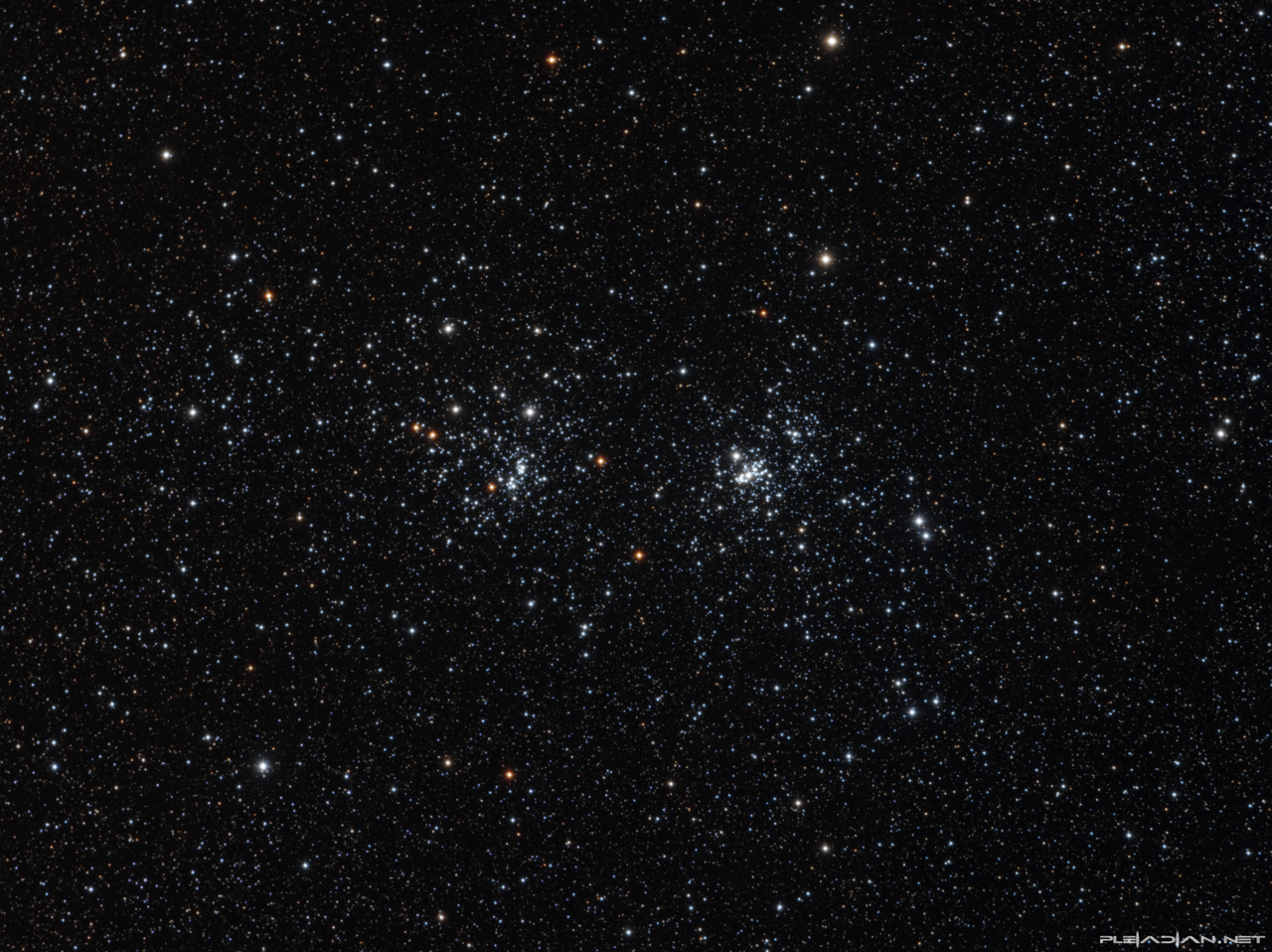
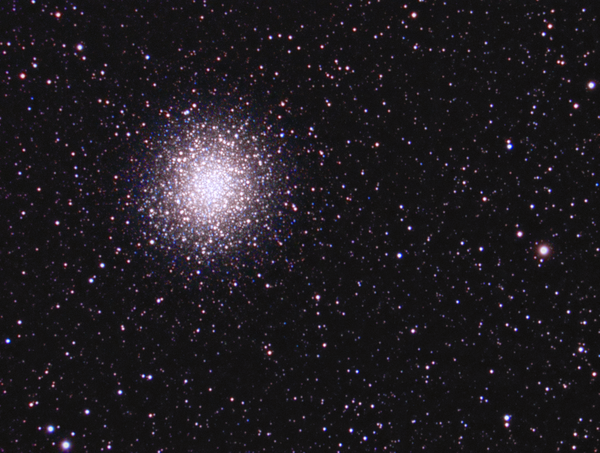
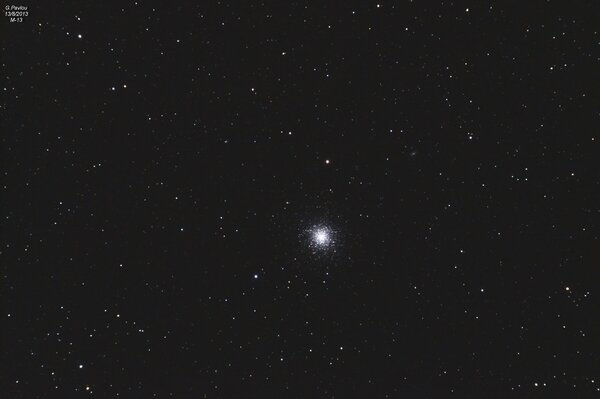
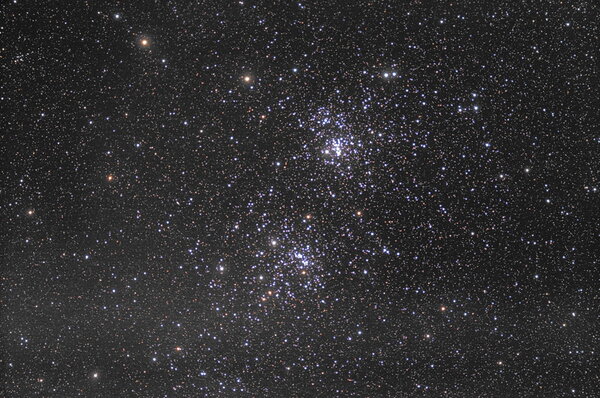
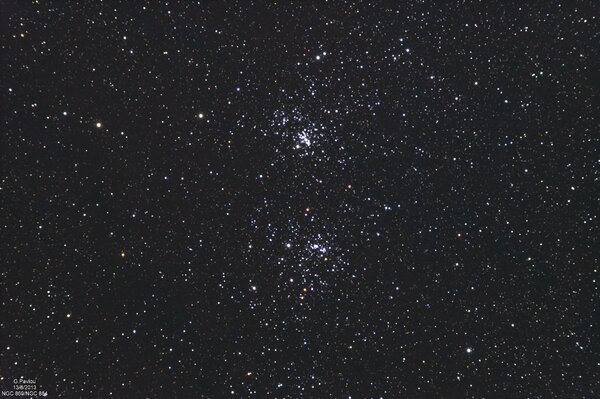
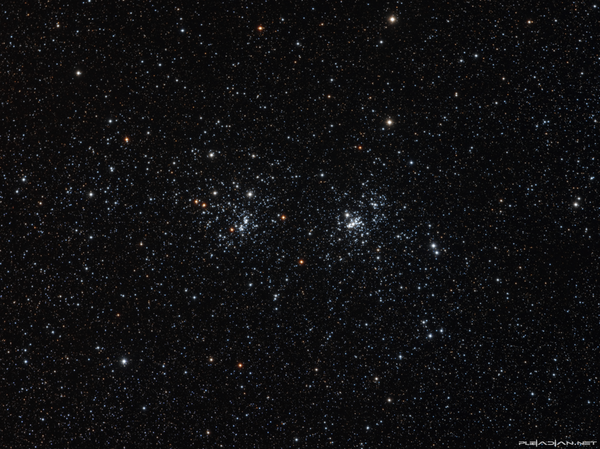
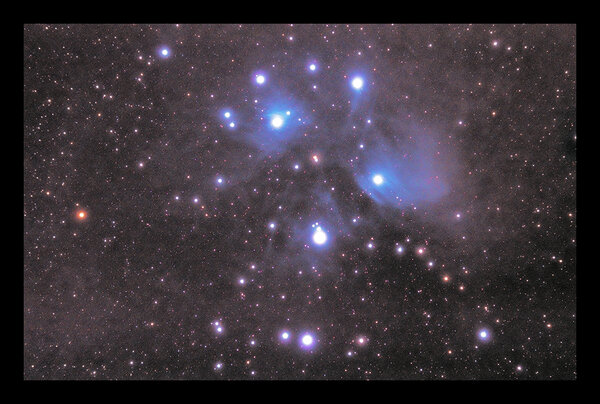
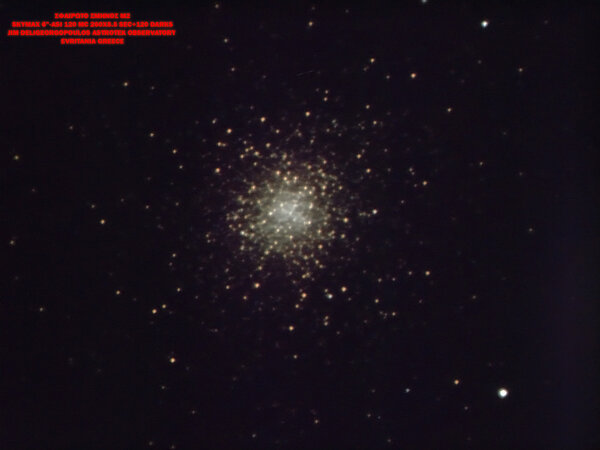
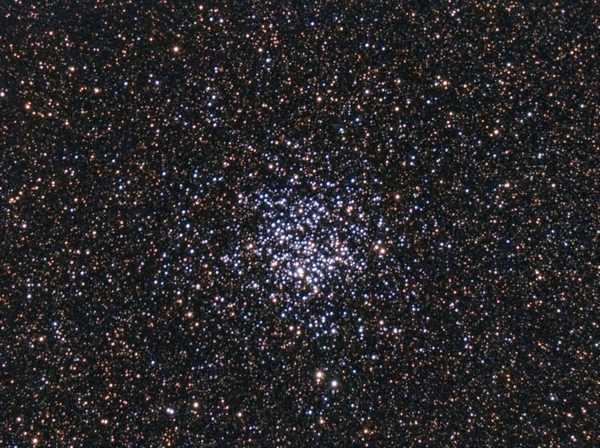
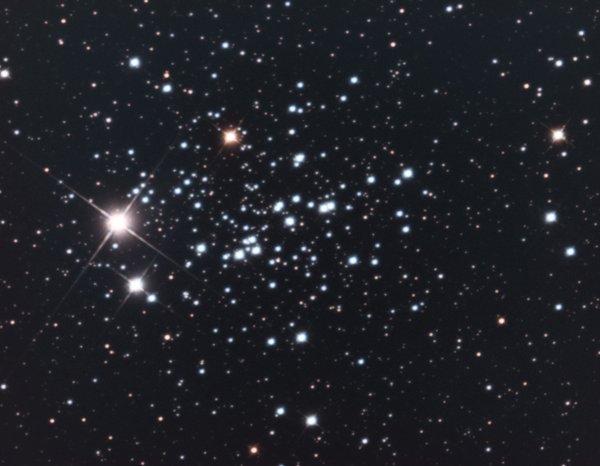
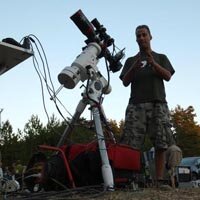
Προτεινόμενα σχόλια
Δημιουργήστε έναν λογαριασμό ή συνδεθείτε για να σχολιάσετε
Πρέπει να είσαι μέλος για να αφήσεις ένα σχόλιο
Δημιουργία λογαριασμού
Εγγραφείτε για έναν νέο λογαριασμό στην κοινότητά μας. Είναι εύκολο!.
Εγγραφή νέου λογαριασμούΣυνδεθείτε
Έχετε ήδη λογαριασμό? Συνδεθείτε εδώ.
Συνδεθείτε τώρα